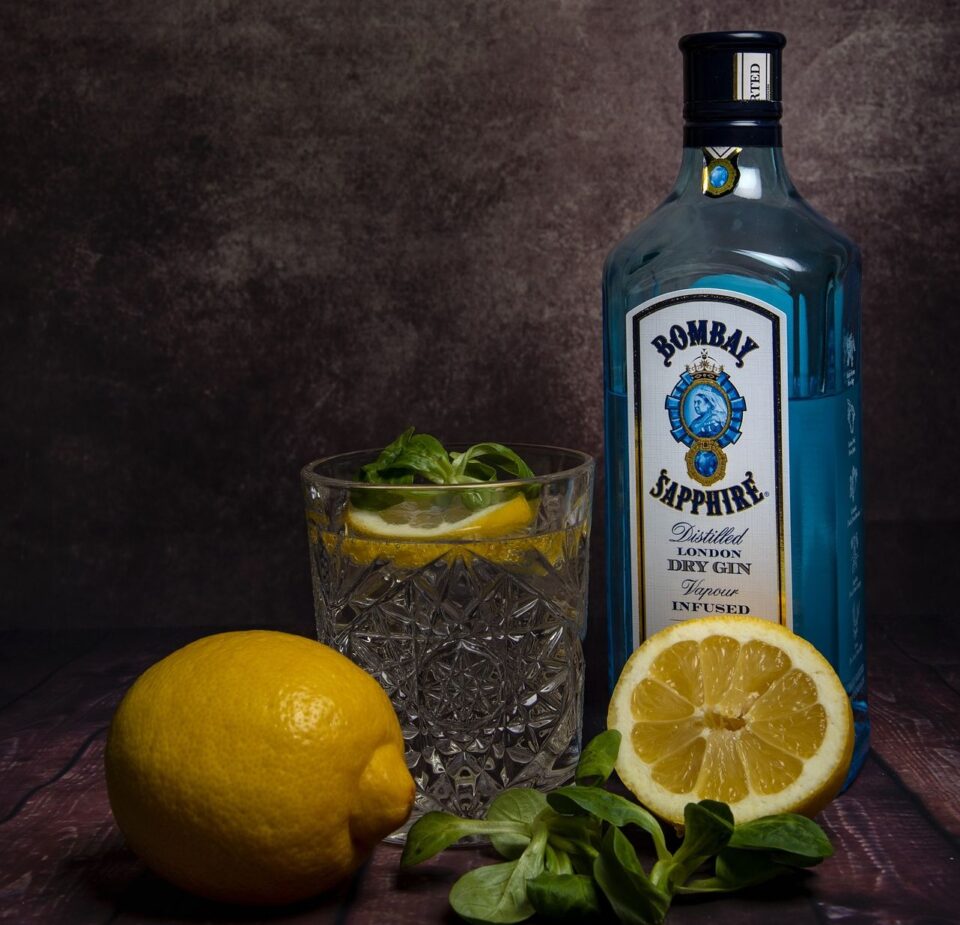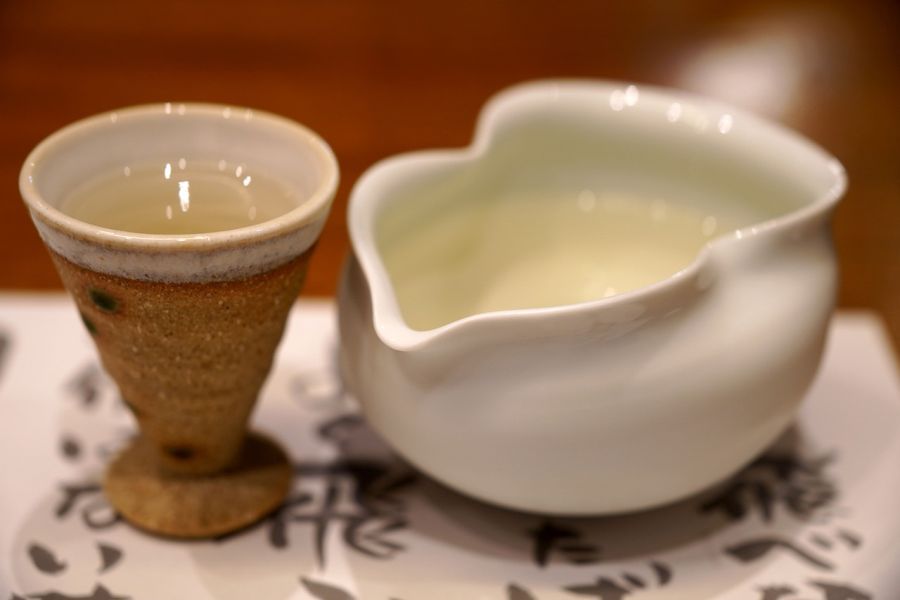Looking for a Chinese rice wine substitute for a recipe, but unsure about what works? Given the complexity and the options available, this is understandable. Substituting for Chinese rice wine can be complex, because you don’t just have to handle the substitution, but might also have to deal with the language barrier!
So, with this article, we’ll look at a few options for substitution and try to simplify the discourse for a convenient way to handle the recipe.
Conventionally, the substitutes for Chinese rice wine are pale dry sherry, dry white wine, sake or mirin, gin, and others.
Now, let’s go for a deeper dive and see what works best.
Table of Contents
Understanding Chinese Rice Wine For A Better Substitution
Chinese rice wine as a term is somewhat of a simplification for people outside China and East Asia. In Chinese culinary use, the rice wine can come in several varieties. The chief amongst these are Huangjiu, Choujiu, and Mijiu, though other types might also be used.
All of these major types of wine have different characteristics, including alcohol content and color. For example, Huangjiu is a type of yellow wine, Mijiu is usually clear, and Choujiu is a dense wine with a milky white color.
Many recipes and even substitute discussions often glance over these differences, simply going with “Chinese rice wine”. And as we have already noted, that’s a very wide term and your choice of substitute for Chinese rice wine must depend on the actual wine type used in the original recipe.
Some Notes To Help Your Recipes With Chinese Rice Wine And In Picking Alternatives
Here are a few helpful notes.
Choujiu is generally not used in cooking. While there are some odd recipes that make use of this wine, its use in cooking is basically non-existent to negligible.
Mijiu does find some culinary use. When picking a substitute, remember that mijiu is clear, has 15-20% alcohol, and balances sweetness and acidity.
Baijiu is a much stronger liquor that can be made from further distilling mijiu, though other methods are often preferable. However, it’s usually not made with rice wine, and thus, will not be discussed further in this article.
Huangjiu is used in a variety of recipes. Most western recipes for Chinese food often use Huangjiu as the classic “Chinese rice wine.” The somewhat well-known Shaoxing rice wine is a type of Huangjiu.
When you want a high-quality wine for your food, remember a basic rule – if you can’t drink it, it shouldn’t go in your food. The reason for this approach is that the market is flooded with many “cooking wines.” Usually, these are low-grade wines, loaded with salt and possibly some other herbs.
So, if you want a high-quality recipe, you’ll want a high-quality wine, which you can drink as a regular wine. However, one a more practical approach with cost analysis and a willingness to adjust for salt and possibly other ingredients in a recipe, using cooking wines can be acceptable for many people.
Now that we’ve looked at the key aspects of rice wine in cooking and substitution ideas, it’s time to look at the alternatives to use.
Top Ideas And Substitutes For Chinese Rice Wine In Your Recipe
1. Pale Dry Sherry
Pale dry sherry is one of the more commonly suggested alternatives for Chinese rice wine. Its color and flavor bring it very close to Shaoxing rice wine, which in turn, means that the substitution can work.
So, dry sherry or pale dry sherry can be your substitute of choice when a recipe demands Shaoxing rice wine or huangjiu.
In fact, dry sherry is so often used as a substitute that many western recipes straight up list dry sherry as the ingredient, rather than going with Chinese rice wine or Shaoxing rice wine.
However, there is a downside to consider. Using sherry in place of Chinese rice wine changes the flavor somewhat, reducing some of that authentic Chinese flavor in the recipe.
That said, many recipes use only a small quantity of Chinese rice wine, or dry sherry as a substitute. In such cases, the substitution won’t cause any notable change in flavor.
2. Gin

Gin is a very useful substitute for rice wine. However, it shouldn’t be used for Shaoxing rice wine substitute or huangjiu. Gin is the right substitute for mijiu.
Some recipes refer to mijiu as white rice wine. So, if your recipe calls for mijiu or Chinese white-rice wine and you want a substitute, gin might just be the right choice.
The clear gin goes rather well with mijiu, offering up a good substitute for flavor. Although gin can have a much higher alcohol content than mijiu, some adjustments might be necessary for the recipe.
3. Other Varieties Of Chinese Rice Wine(s)
Sometimes, when you want authenticity of flavors, it might be more suitable to choose another Chinese rice wine as a substitute. Of course, this assumes you have access to other rice wines from China.
For example, using any huangjiu will work wonderfully well if your recipe wants Shaoxing rice wine or simply Chinese rice wine. As we know, Shaoxing rice wine is a type of huangjiu.
Additionally, if the recipe only wants a small amount of wine, using a clear rice wine (mijiu) should be okay as well. This way, you maintain that east Asian flavor in the recipe, even when using a substitution.
4. Mirin Or Sake

The famous sake and its lesser known sibling, mirin are Japanese rice wines. As such, many people assume that they should be just fine as substitutes for Chinese rice wine.
That’s easier said than done.
Sake, for example, tastes nothing like Shaoxing rice wine or clear rice wine. Therefore, using sake will cause a significant change in the flavor of the recipe.
Interestingly, there is a twist in this story. Many people and chefs actually prefer the taste that sake brings to the recipe.
In that way, sake works wonderfully well as a replacement for Shaoxing rice wine, not just a substitute. Expect a notable change in flavors if you choose this route.
Using mirin works differently, and can be a workable substitute for Chinese rice wine. The problem to handle here is that mirin is much sweeter than Shaoxing wine, and can be stronger.
It’s better used in recipes that ask for small amounts of Shaoxing wine, so you can better manage the flavors.
5. Dry White Wine
While this choice can be a bit off in terms of flavor, it can often be the more sensible choice for Western cooking enthusiasts who don’t have access to good quality Chinese rice wine.
In such cases, dry white wine can be a decent Chinese rice wine substitute and play similar roles in the cooking process.
Though it’s best noted that dry white wine doesn’t have flavors or sweetness similar to Chinese rice wines like huangjiu or mijiu. As such, if you take this route, expect a change in flavor for the recipe. But this can be a very successful and useful substitute if the recipe only asks for a small amount of the wine.
It could even work in recipes where the Chinese rice wine has a major presence, but that would depend a lot upon taste and flavor preferences. As already noted, there will be a notable departure in overall flavors when using white wine as a substitute for Chinese rice wine.
6. Juice And/Or Vinegar Combinations
Well, it’s not necessary for every substitute for Chinese rice wine to contain alcohol. Sometimes, you want a recipe that can work without alcohol, while remaining just as effective.
In such cases, the use of certain juices with the possible addition of vinegar can be suitable as rice wine alternatives.
Juice is the key ingredient here. Apple juice is the more popular choice, but you can also work with lemon juice if you want more acidity in the ingredients. The presence of juice brings sweetness and a depth of flavor to the recipe.
Of course, juice here should not mean store-bought juice with added sugar. You’ll want fresh, natural, unsweetened juice that doesn’t make the recipe too sweet.
Even so, fruit juices tend to be sweeter than what’s best for a recipe. A good way to curb that sweetness is to add vinegar along with the juice. Rice vinegar and apple cider vinegar are both good choices for substituting Chinese rice wine.
7. Chicken Stock Or Vegetable Stock
Depending on your diet preferences, vegetable stock or chicken stock can work as viable alternatives for Chinese rice wine in several recipes.
Using stock is a suitable option for those who don’t want alcohol in their recipe. Using stock will add a depth of flavor to the recipe, without the alcohol. Of course, this also means that there will be some changes in flavor for the recipe. Besides, stock doesn’t have the same food characteristics as Chinese rice wine.
Yet, if you’re in a tight spot and want to meet specific preferences and diet requirements, stock will work wonderfully well for your recipe.
Chinese Rice Wine Substitute Ideas And Their Uses
Choosing the right Chinese rice wine substitute becomes easy when you consider the type of Chinese rice wine to substitute and the factors to consider while managing the substitution. While Shaoxing rice wine is the better known type of Chinese rice wine in the west, it’s useful to realize that the wine is a type of Chinese rice wine called huangjiu.
Some recipes might also call for mijiu, which is a clear rice wine from China, and thus, the substitution you choose can take a different route.
While it’s possible to use the substitutes listed here, it should be kept in mind that some recipes use only a small amount of the rice wine – sometimes, it could simply be a teaspoon or two. In such cases, you may be better off skipping the addition of wine, rather than adding a substitute.
To summarise, the substitution can depend on your diet preferences, availability, and your acceptance of replacements for the wine.

